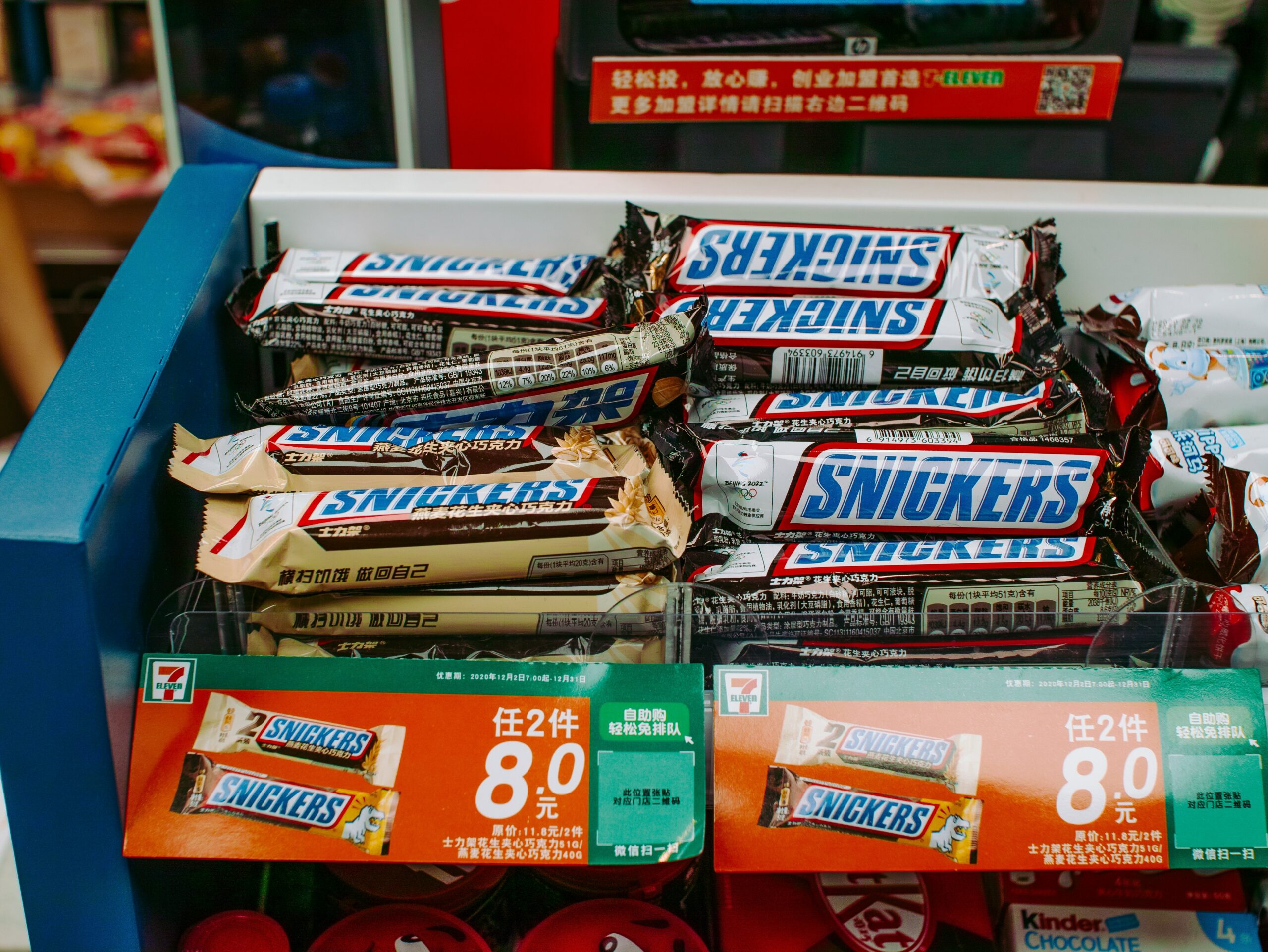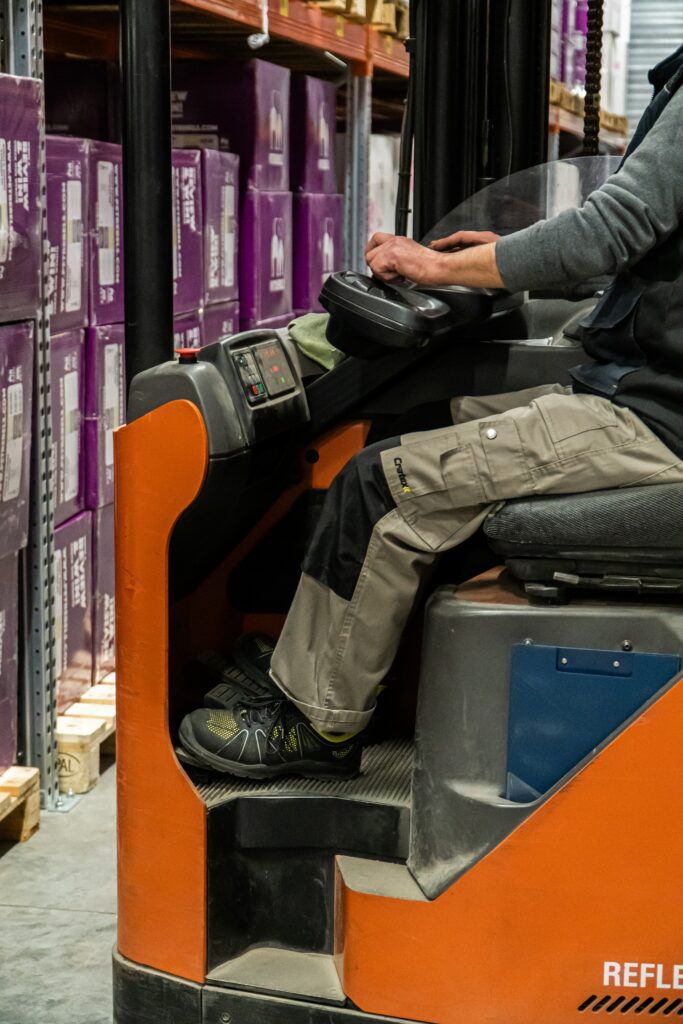
Supermarkets, libraries, factories, department stores. What do they have in common? They all carry in them hundreds or thousands of assets.
Today, we can’t imagine how their owners and managers survived with manual entry – tediously keeping track of the inventory by hand, one-by-one, like how they did before the popularity of barcodes. Thanks to the invention and global adoption of barcodes, stock control has become easier for the last half a century.
Thanks to continuous improvements in technology, barcodes are becoming more powerful than ever. One of these is QR Codes.
In this article, we will talk about how we can use QR Code for asset management. If you’re working in manufacturing, retail, and libraries, this one’s for you.
What are QR Codes?
QR (abbreviation for quick response) Codes are barcodes that can store more information and can be scanned using smartphone cameras. They can direct users to target URLs or Files.
There are two types of QR Codes. These are:
- Static QR Codes: non-editable
- Dynamic QR Codes: editable and trackable
QR Codes have so many uses for different businesses, individuals and organizations. As such, they come in different forms:
- Text QR Code
- URL QR Code
- Event QR Code
- Wifi QR Code
- PayPal QR Code
- vCard QR Code
- Crypto QR Code
There are many different QR Code generators out there. If you want to see if QR Cloud is the perfect partner for your business’ automation needs, sign up here.
QR Codes in Inventory Management
Although most of us are familiar with QR Codes in marketing and storing different kinds and forms of information, did you know that they were originally developed for inventory management purposes?
Yes. In 1994, automotive manufacturer Denso Wave needed an alternative that can store more information and offer more flexibility than traditional, one-dimensional barcodes. They invented the Quick Response (QR) Code that can store up to 7,000 alphanumeric characters.
Today, QR Codes have unlimited uses for individuals, businesses, and institutions. Although they are more popular for their marketing and storage, they are also used in administrative functions like document tracking and asset management.
Although UPC barcodes are still used today, QR Codes are becoming increasingly popular due to its many benefits. Let’s take a look at their differences.
Is QR Code Better than Barcode in Stock Control?

Not necessarily. UPC barcodes have been around for more than fifty years and we see them still being used in retail and manufacturing. This is despite the fact that more advanced types of barcodes, like QR Codes, are available.
However, we recommend upgrading to QR Codes for your inventory needs for the following reasons:
Amount of Information
QR Codes can store up to 7,000 alphanumeric characters, compared to traditional barcodes’ 20 to 25 capacity. This means you can even encode the serial number, stock number, date of manufacturing, expiration date, price, and even descriptions.
For food, manufacturers can store ingredients, nutritional information, fair trade practices, and source of raw materials. This information can build transparency and trust between you and your customers.
Editability
There are two types of QR Codes: static and dynamic. Dynamic QR Codes are the editable type. They allow you to modify or completely change the information encoded in them. This means you can use and reuse a QR Code over and over again. If you make a mistake, you simply have to edit the dynamic link that makes it editable. As of the moment, this is impossible to do with UPC barcodes, which are more like the uneditable and permanent static QR Codes.
Trackability
Dynamic QR Codes are trackable. On the dashboard of your QR Code generator, you can find data analytics that provide you with relevant information about the success of your QR Code. It can show you the number of scans received, using which device, operating system, location, browser, and others.
This information is useful not only for monitoring purposes but also in marketing. With real-time data on the scans your QR Code is receiving, you will know your actual audience and update your policies and campaigns.
The ability to track location can also tell you if your products are being illegally resold.
Ease of Scanning
UPC barcodes are composed of vertical lines that can be scanned only at the right position. In comparison, QR Codes are composed of squares or dots that can be scanned in any direction. This means you don’t have to make sure the barcode is upright so your scanner can read the encoded information. Even if they’re upside down, you can be sure that your scanner – whether a special scanner or your smartphone – can take the asset into account.
In addition, QR Codes can be automatically scanned by today’s smartphone cameras, thanks to advancements in Android and iOS. This means that you don’t have to purchase specific equipment that will scan only QR Codes. This means that you save money from hardware.
Although there already are mobile apps that read traditional barcodes, so far, they cannot be read by smartphone cameras. So, you need to have a standalone barcode scanner.
Error Correction
Another important edge of QR Codes over barcodes is the innate ability of the former for error correction for up to 30%. What this means is that even if your QR Code is damaged, your smartphone may still be able to access the information contained in it. This is not possible with barcodes. For traditional barcodes, you have to be able to scan the whole thing.
To know more about the differences between QR Codes and barcodes, read here.
How to Create a QR Codes for Inventory
Here’s how to create a QR Code for your products:
- Sign up or log in with your trusted QR Code solutions provider.
- On your menu, click QR Code Generator. (You can also click the QR Codes box on your dashboard.)
- Input the details of your product.
- Customize your QR Code. You can change the shapes and colors, add branding, toggle with error correction, and others.
- Once you’re satisfied with how it looks like, do a test scan.
- If it works as intended, your QR Code can now be printed or downloaded in .jpeg, .png, .svg, or .webp format.
- You can now integrate this QR Code into your product packaging or put it on your physical assets.
Bottom Line
QR Codes are a great alternative to traditional, one-dimensional UPC barcodes when it comes to managing your inventory for many reasons. Their ability to store a big amount of data, trackability, and ease of scanning, among other things, make QR Codes a suitable partner to your growing business.
If you are looking for a better solution for your automation needs, go ahead and give QR Codes a try.
-
Previous Post
Landing Page Behind QR Code
